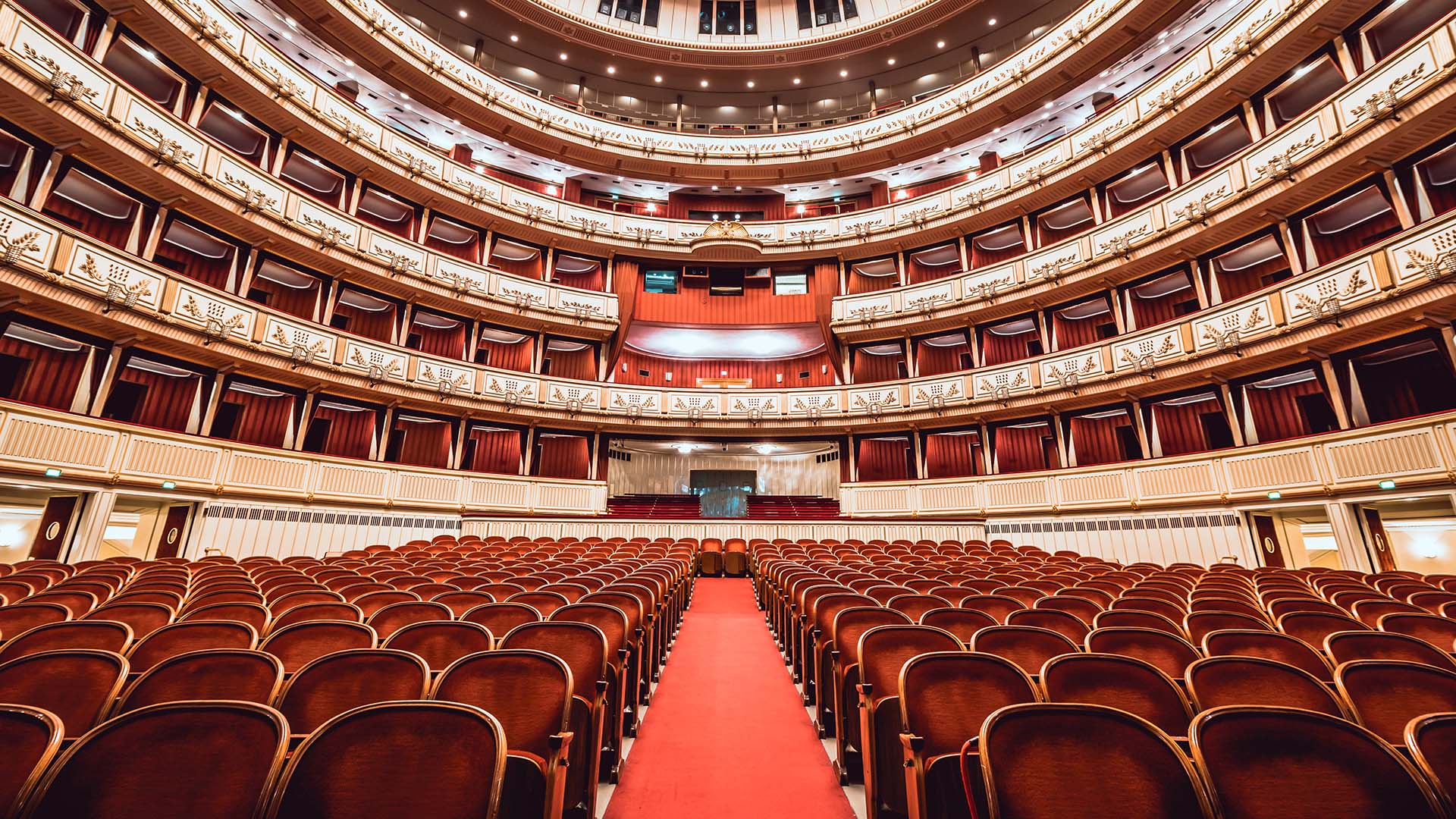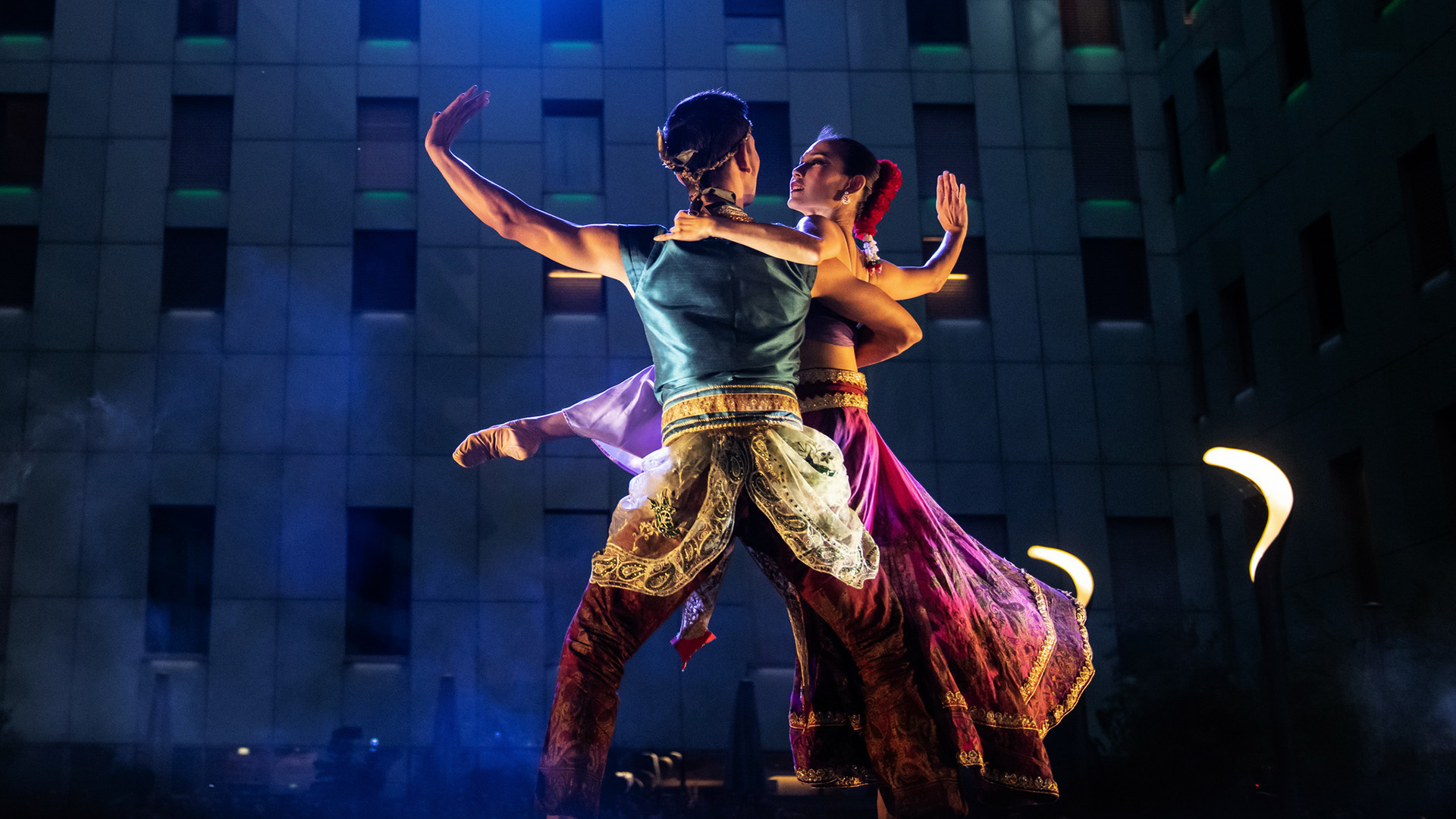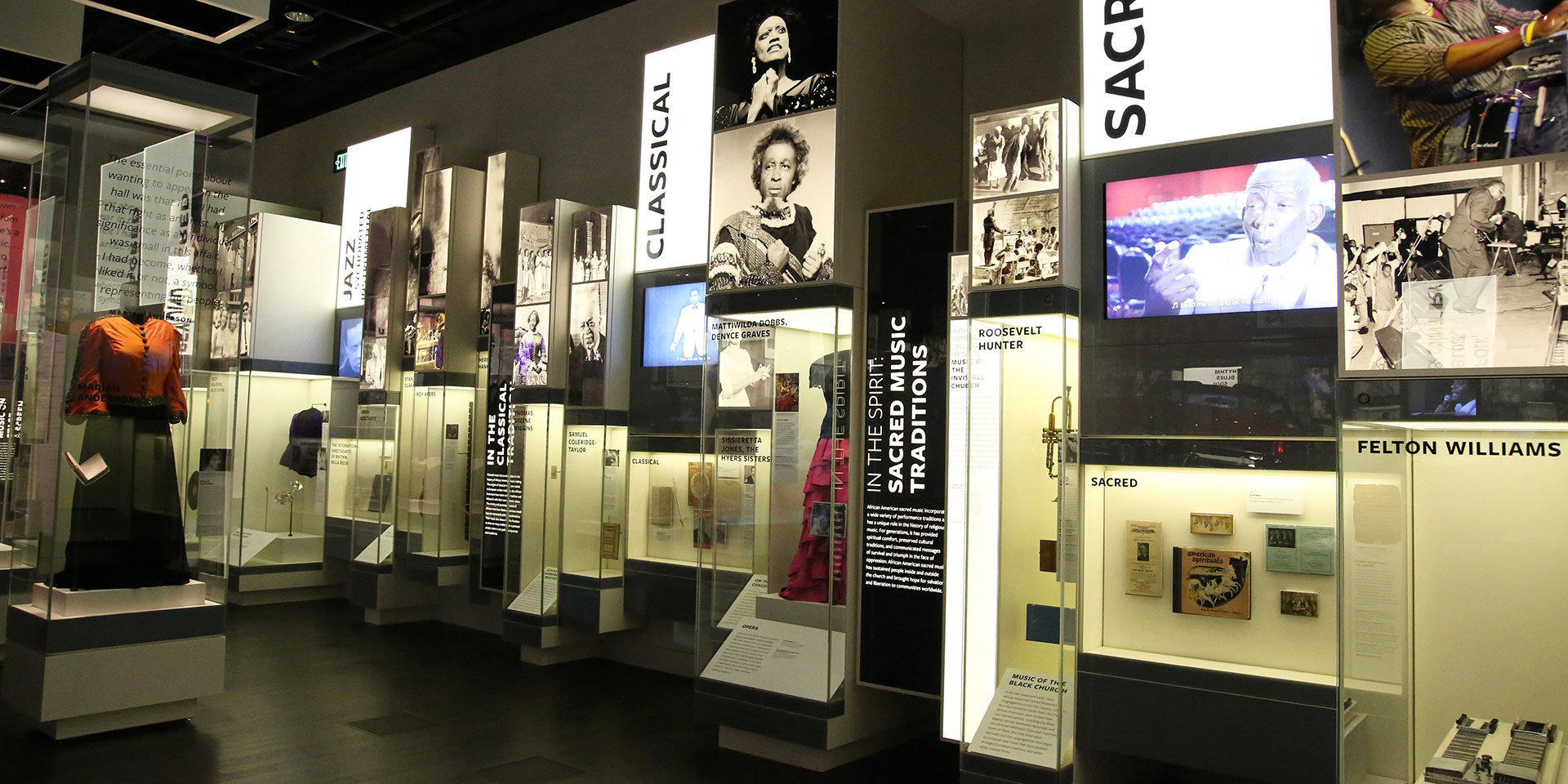
Take your time exploring D.C.’s extraordinary National Museum of African American History & Culture. (Photo: Getty Images)
Culture + StyleTouring Civil Rights History in Museums Across the U.S.
By Karen RobertsBlack History Month is a time to celebrate Americana by giving tribute to the men, women and locations that are central to the civil liberties we enjoy in the present day. Black American contributions are measured in the everyday freedoms Americans claim, including the Civil Rights Act of 1964, The Voting Rights Act of 1965, and the origins of the free breakfast program started by the Black Panther Party.
The best way to honor the past and living history is to check out the stellar museums connected to African-Americans that house artifacts of some of these accomplishments. Black History is American history, so most of the museums are in recognizable and exciting locales across the nation.
As always, check for travel restrictions and closures before planning your trip.
National Museum of African American History & Culture,Washington, D.C.
Leave several weekends open to visit the crown jewel of African-American history and culture. The national museum opened in 2016 to serious fanfare, and rightfully so. The distinctive bronze-colored metal latticework on the exterior is in homage to the enslaved African-Americans in Louisiana and South Carolina who created similar ironwork.
There are more than 37,000 artifacts, and guests can pick any one floor to explore the culture and feel satisfied.
The Smithsonian Museum’s permanent exhibits include chapters of black American life: “Slavery and Freedom,” “Cultural Expressions,” “Sports: Leveling the Playing Field” and “Making a Way Out of No Way.”
The top floor has more interactive exhibits, like a stepping class complete with music and lighted tiles to help you perfect your moves. A haunting audio exhibit explains the importance of the Green Book for black families driving through potentially dangerous “sundown” towns in the Deep South.
Guests can experience a segregation-era railway car and Emmett Till’s glass coffin to understand viscerally the brutal segments of America’s history and the beginnings of the modern civil rights era.
Visitors can explore music, culture and fashion from the street to celebrities. See Michael Jackson’s fedora and absorb writer James Baldwin’s wisdom on everything from racism to class strife.
One of the fathers of rock ‘n’ roll, Chuck Berry, donated his red Cadillac convertible, and Muhammad Ali’s boxing gloves and head gear are on display.
End your trip at Sweet Home Café inside the museum. The food represents the many tastes of African-American culture, including Southern, Creole, Western and Northern cuisine.
Charles H. Wright Museum of African American History, Detroit
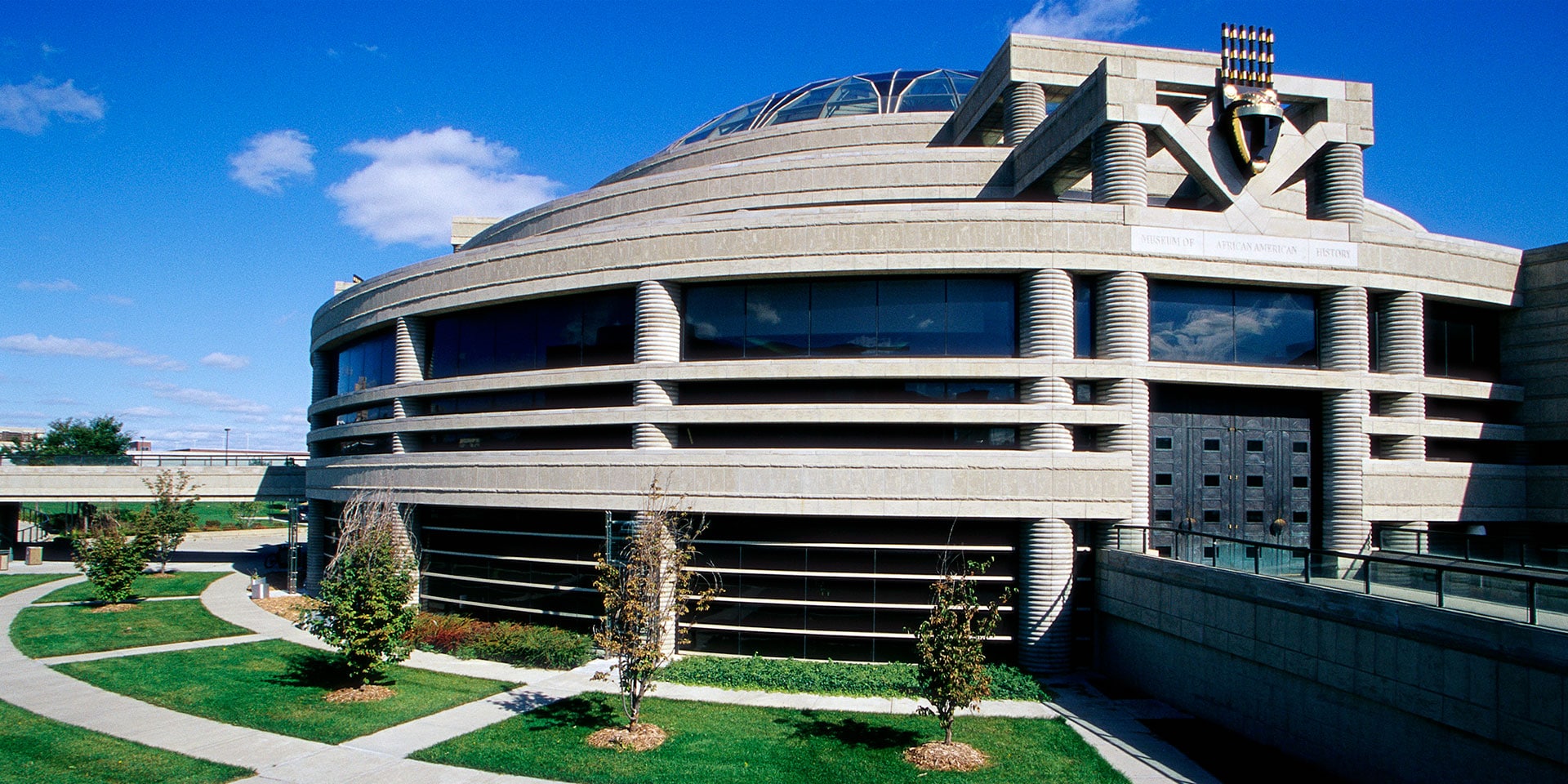
Check out the Motor City for its impressive Museum of African American History that draws visitors from across the globe. This 125,000-square foot facility greets newcomers through the Ford Freedom Rotunda with a sprawling glass dome only one foot shy of the U.S. Capitol Dome.
On the entrance floor is the “Ring of Genealogy,” designed by Hubert Massey, a tile-art creation that honors the African-American journey from Africa to present day intermingled with tears, chains and spiritual symbols. Surrounding this 37-foot exhibit are bronze plates emblazoned with names of prominent individuals, updated every year.
The museum holds the single largest permanent exhibit of African-American history with “And Still We Rise: Our Journey Through African American History and Culture.” It chronicles the early Africans coming to America, including the savagery of the middle passage and final bondage in the U.S. The Wright has a slave ship replica that illustrates the horror of America’s darkest chapter.
Guests will move through more than 20 galleries to learn the stories of families that survived these treacherous paths to ultimately gain freedom and build businesses, educational institutions and civic organizations that survive today.
DuSable Museum of African American History, Chicago
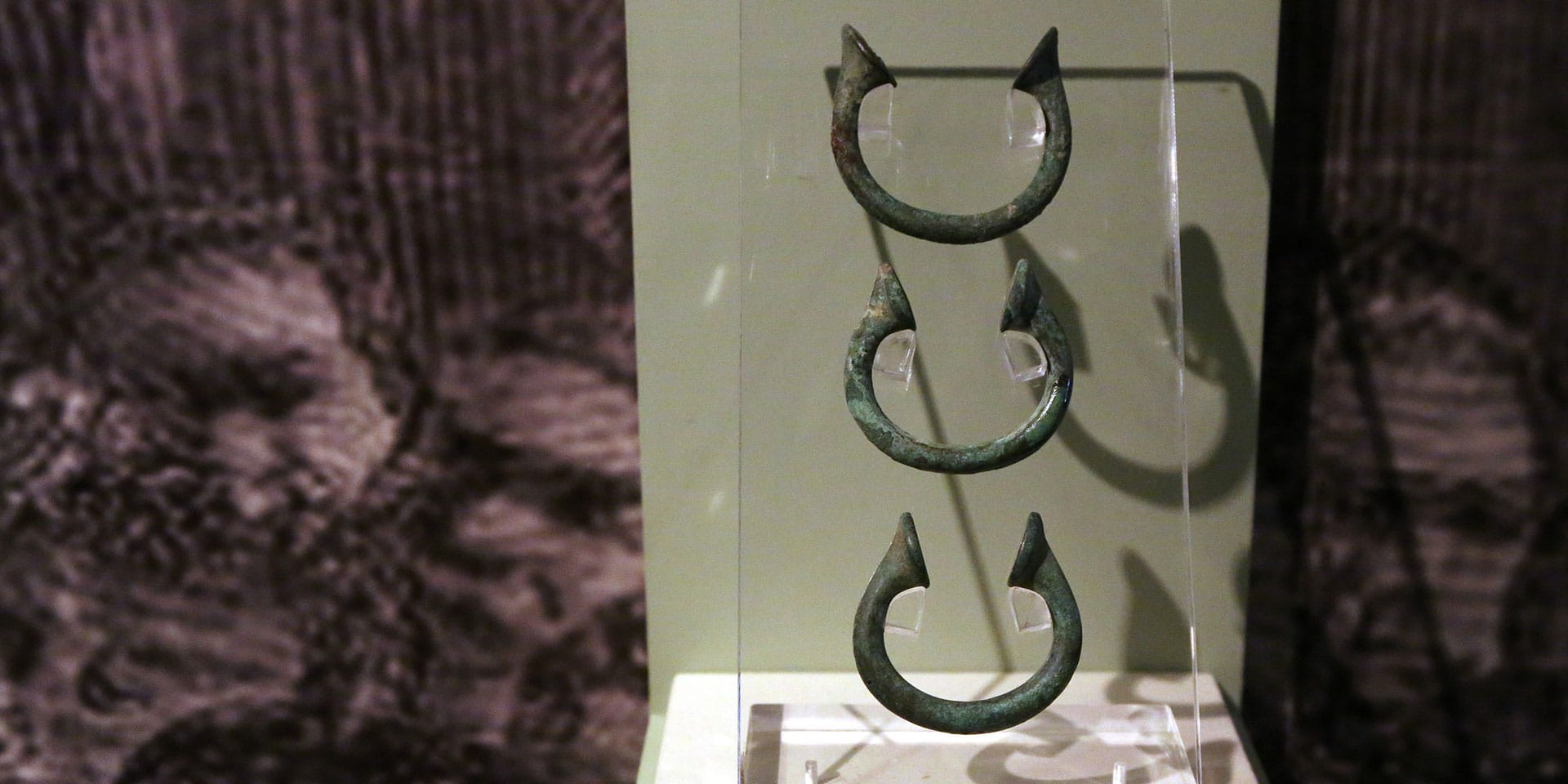
Founded in 1961 by teacher and art historian Dr. Margaret Burroughs, along with her husband Charles Burroughs, the DuSable Museum contains more than 15,000 artifacts and memorabilia associated with African-American life. At this Smithsonian Affiliate, guests experience a treasure-trove of paintings, writings and sculptures in one of the largest black museums in the country.
The museum is aptly named for Jean Baptiste Point DuSable, a Haitian trader associated with founding Chicago in 1779. The array of exhibits includes literature, politics and art.
Experience “A Slow Walk to Greatness: The Harold Washington Story,” about the seemingly impossible road for the 42nd and first black mayor of Chicago. It tells the story through archival material, including video and audio from the era.
“Red, White, Blue & Black: A History of Blacks in the Armed Forces” outlines black military service since the Civil War and what these soldiers endured at home with racism and inequality.
Schomburg Center for Research in Black Culture, New York
The Schomburg is part of the New York Public Library system and houses some of the most extensive international collections of items from the African diaspora.
Established by educator Arturo Alfonso Schomburg almost 100 years ago, the center lets visitors experience compelling documents up close. Forage through his personal collection of 5,000 books, 3,000 manuscripts and around 2,000 paintings.
In 2017 the Schomburg was named a National Historic Landmark because of the reach of this Harlem institute, which includes more than 11 million items telling the stories of black America and beyond.
The original manuscript of Richard Wright’s “Native Son” and the papers of Dr. Robert Weaver, the first black U.S. cabinet officer, are in the rare archives.
Photography enthusiasts will enjoy leafing through works by the greats: Gordon Parks, James Van Der Zee, Edward Steichen, Coreen Simpson and Chester Higgins.
Permanent art exhibits include murals by Aaron Douglas, a fixture in the Harlem Renaissance era. The Moving Image and Recorded Sound Division includes early radio broadcasts and audio from Marcus Garvey, Booker T. Washington and George Washington Carver.
Wells’Built Museum of African American History and Culture, Orlando
Take a trip to sunny Florida to see this eclectic museum, which once served as a hotel catering to African-American guests traveling through the segregated South. Baseball great Jackie Robinson, Supreme Court Justice Thurgood Marshall and songstress Ella Fitzgerald were a few of the famous guests that lodged here.
In 2000, Well’s got on the U.S. National Register of Historic Places, and visitors can experience the era of segregation when they see well-preserved artifacts including ledgers naming guests such as Ray Charles.
Dr. William Monroe Wells built the hotel in 1921 and was also one of the first black doctors in this Central Florida town. He treated black patients, and during his tenure delivered more than 5,000 babies and treated influenza and pneumonia patients before penicillin was available.
The building was abandoned for 25 years when Senator Geraldine Thompson spearheaded the building’s restoration in 1999 and reopened the building as a museum in 2001. The structure has the original brick and second-floor replicas of 1930’s hotel rooms; plus, Orlando-area artists lend works for that added touch.
Dr. Wells built the nearby South Street Casino exclusively for black Americans because they weren’t permitted to use public recreational facilities. It served as a rec center during the day and turned into an entertainment venue with famous “Chitlin’ Circuit” performers at night.





